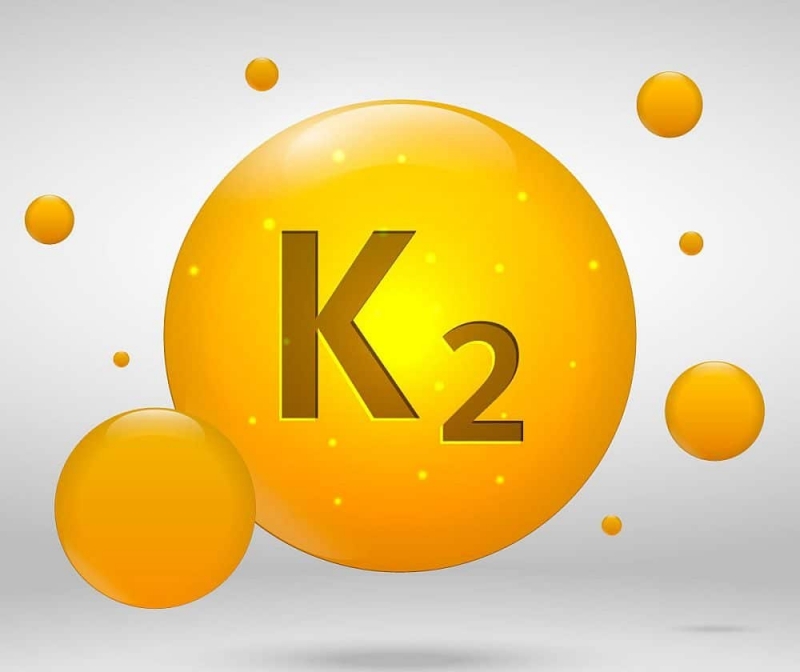Technically it is defined osteo-vascular crosstalk and indicates a close link between the action on the bones and on the vessels. This is one of the peculiar characteristics of vitamin K2 which is able to regulate the so-called calcium paradox and maintain the right concentrations in the two different districts.
Bone tissue and vascular system seem to be two completely different and independent systems. In reality, as we pointed out in the review, they are closely associated with each other both from a physiological and pathological point of view. In detail, when we talk about vitamin K2 and osteo-vascular crosstalk we refer to the dual role that the natural molecule can play at the level of these tissues through the regulation of the phenomenon defined as calcium paradox, thus determining a protective effect on both osteoporosis and vessels.
The paradox of calcium is the phenomenon whereby a lack of calcium in the bone tissue is associated, paradoxically, precisely, to its accumulation in the vasculature. Vitamin K2 plays an essential role because its main function is to regulate calcium homeostasis, i.e. to maintain an adequate concentration of calcium both in the bone and in the vasculature. Precisely for this reason, a vitamin K2 deficiency seems to be responsible for the onset of calcium paradox.
The review of the literature available today shows that, although there are also conflicting results, vitamin K2 is certainly a very interesting natural molecule that can play an important role in maintaining bone and vascular health. Therefore, based on the collected data, it could be recommended as a natural bioactive compound potentially able to prevent and/or treat important metabolic bone and vascular pathologies such as osteoporosis and vascular calcification.
Vitamin K2 is a natural molecule whose production in the human body occurs in the intestine, where it is synthesized by bacteria of the genera Bacteroides, Lactococcus, and Escherichia Coli. However, the amount of vitamin derived from intestinal bacteria is poorly absorbed and is not able to reach the optimal concentration required to exert its physiological functions. Therefore, this vitamin should be supplemented daily with food sources such as foods of animal origin, for example, meat and egg yolk or bacterial fermented cheese. A dish extremely rich in Vitamin K2 is Natto, a typical Japanese dish made from fermented soybeans in which the presence of Bacillus subtilis produces up to 1,100 μg/100 g of the vitamin. Moreover, there are many supplements on the market based on Vitamin K2 potentially useful for its integration.

